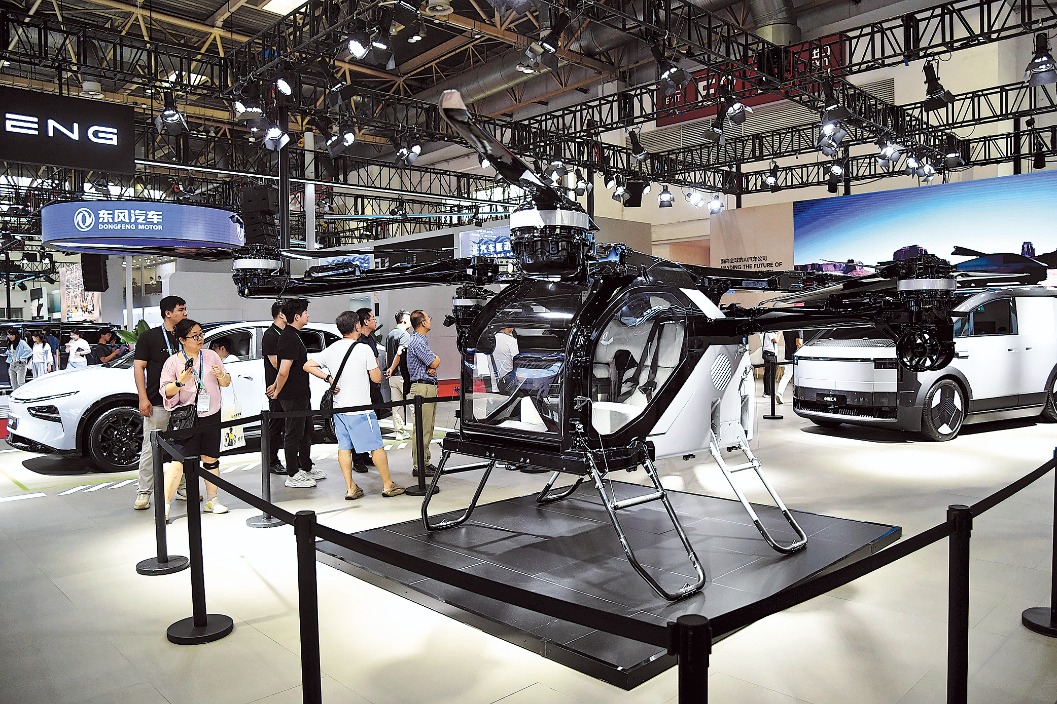Germany's Bayer banks on rising pet demand for sustained growth


Bayer AG, the Germany-based pharmaceutical and life sciences major, is banking on the growing demand for pets in China in the next five years to provide ample growth opportunities for the company in the pet care market.
Average spending on pets in China has risen in the last few years, thanks to the growing mid-income population in the country. According to an industry report from Goumin.com, a portal that tracks the pet community, the average annual spending on a pet dog or cat was 5,016 yuan ($746.6) in 2018, up 15 percent from the corresponding period in 2017.
Bayer, the company behind the top-selling pet deworming pills Drontal, said that increased pet spending and the desire to have more pets would be the main growth drivers for the company.
"China is the third-largest pet-owning country in the world, and China's pet industry is growing rapidly," said Christoph Vetten, head of Bayer Animal Health Greater China, during the launch of its flea and tick collar product Seresto in Beijing in March.
Liu Bin, manager of the pet department of Bayer Animal Health in China, said that nearly 17 percent of the Chinese households owned dogs and 9 percent cats, and the same is expected to grow to 27 percent and 22 percent by 2022.
Seresto, which is priced at around 250 yuan, is three to four times costlier than other products in the market. Vetten, however, remained confident that the product would become popular in China.
Han Jing, owner of Meowland, a Shanghai-based cat breeder, has already started to stock the products on the day it was launched.
The consumer market for pet dogs and cats reached 170.9 million yuan in 2018 in China, a 27 percent annual growth, while the number of dogs and cats in China topped 91.49 million, according to industry sources. Chinese pet owners on average spent 1,826.7 yuan per dog and 1,721.2 yuan per cat for pet supplies in 2018, with toys, collars and cat litters among the most popular categories.
In a market that is tremendous yet still growing, the current supply is still short of demand.
Sun Yanzheng, a senior veterinary doctor at the Veterinary Teaching Hospital of China Agricultural University, said though the number of pet owners in China has been rising, health product and medicine suppliers for pets were far from meeting the demand.
"The development of the pet industry in China is way faster than the United States," said Sun. "The industry has grown by 4 to 5 percent in the past 10 years in the US, but the pace will be no slower than 15 percent in China in the next decade."
Though the pet care market has been growing, it is not the case with the pet healthcare industry.
"The pets' medical care industry accounts for 50 percent of the pet business in the US, but only 20 percent in China," Sun said. "The pet medical workers in the market are not qualified enough, as most of them were previously livestock veterinary professionals."
- Businesses commit to China's future
- Bayer will continue to support green and digital development of China's agriculture
- Bayer shares plunge in wake of Monsanto weed killer verdict
- Bayer partners with Chinese firms to develop sustainable farming
- J&J attracts Chinese interest for diabetes business in potential $3-4 billion deal: sources




































